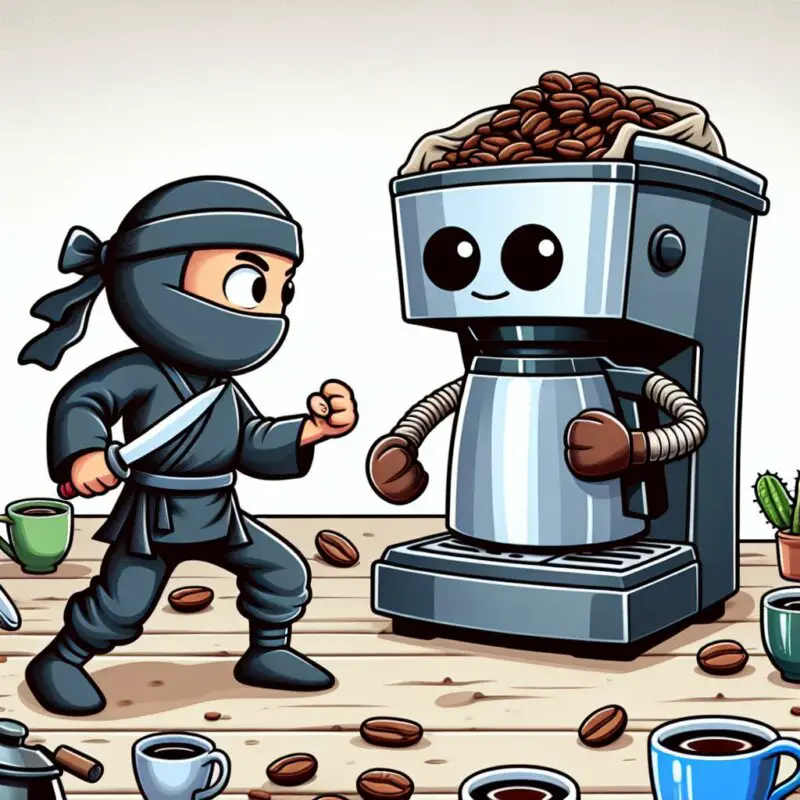This post may contain affiliate links. Please read my disclosure for more info.
For better coffee, here’s my top tip:
Learn how to grind coffee beans.
Elevate your coffee game by exploring various brewing techniques, perfecting water temperature, and measuring the right amount of coffee grounds. Yet, the real secret lies in grinding your own beans to the perfect size with a quality coffee grinder. This simple step can transform your coffee experience.
Why Learn How to Grind Coffee Beans?
Coffee tastes amazing when you grind the beans right before brewing. Why? Because ground beans lose their rich flavor and smell super fast. So, pre-ground coffee you buy is often heading towards stale before it even reaches your kitchen.
Want the best coffee flavor? Here’s a tip: grind your own beans right before brewing. Sure, you can find brands that vacuum-seal their grounds or try other storage tricks, but nothing beats the taste of freshly ground coffee. It’s a game-changer for your morning cup!
Grind size is key to a better coffee! Pre-ground coffee usually fits drip makers or espresso machines. Let’s dive deeper into why it matters.
Exploring new ways to brew coffee? You might struggle to find the right ground coffee. Whether you’re into drip coffee or espresso, sometimes the perfect grind size isn’t on the store shelves. It’s all about discovering what you love in your cup!
What Makes a Good Coffee Grind?
Grind size accuracy
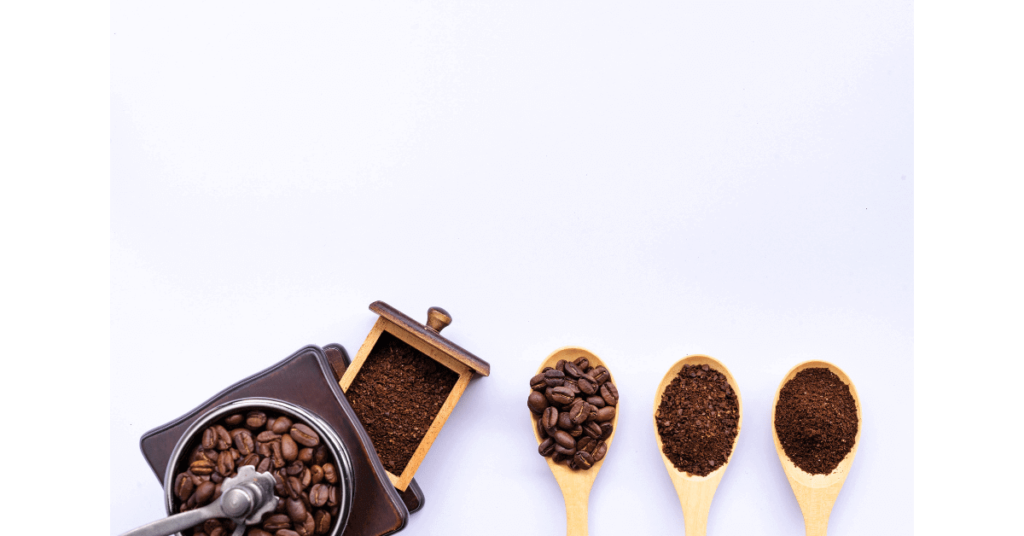
The size of your coffee grind matters a lot. Big chunks brew slowly, filter smoothly, and let water pass easily. Tiny bits brew quickly, can be tough to filter, and might block water from flowing well. We’ll dive into the perfect grind size for different coffee makers in the next section. Stay tuned!
Ground size consistency
For a perfect cup of coffee, it’s crucial to grind your beans to a consistent size. Mixing big and small grinds can mess up your brew, making it too weak or too strong — sometimes even both! Plus, tiny grinds can clog your coffee maker or make your coffee gritty. On the other hand, big chunks can make your coffee too watery by not packing tightly enough. Keep it even for the best taste!
Don’t burn the beans!
Did you know? Many overlook how some coffee grinders get really hot during use. This isn’t just tough on the grinder’s motor; it can also scorch your coffee grounds. The result? A bitter, burnt taste that spoils your cup of coffee.
Types of Coffee Grinds
Extra-coarse grind

Texture: Small pebble, ground peppercorn
Used for: Cold brew coffee makers, cowboy coffee
These are the chunkiest coffee grinds you can get from a standard grinder, looking a lot like coarse pepper. They’re ideal for making cold brew coffee but not much else.
Coarse grind
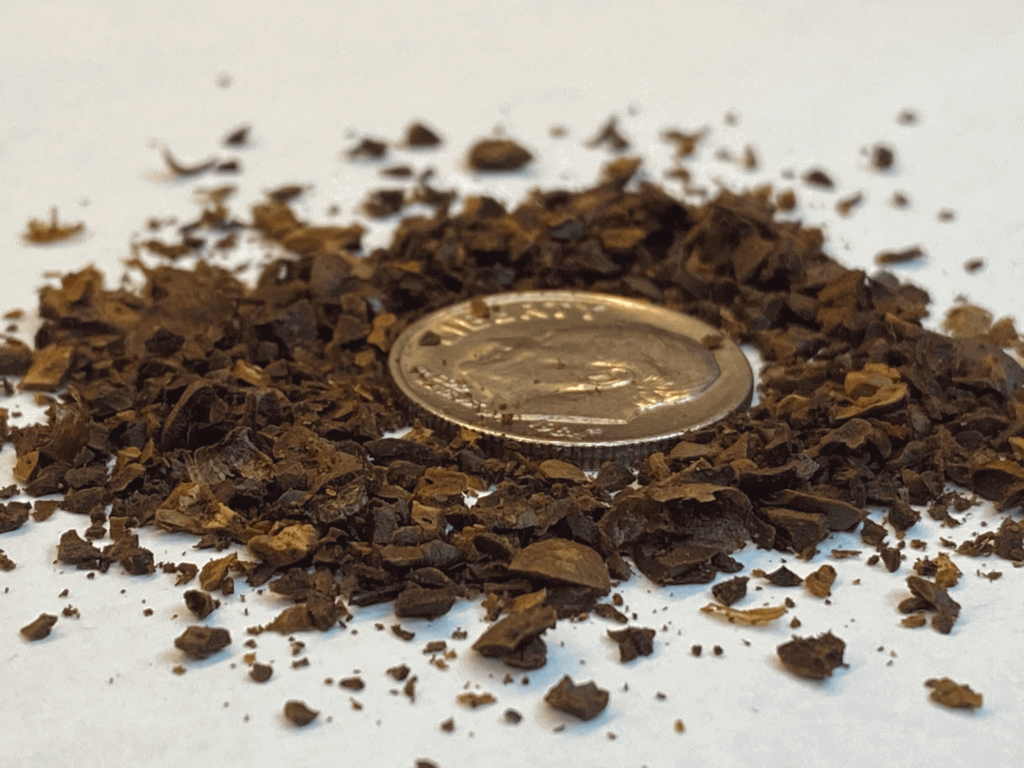
Texture: Coarse salt
Used for: French press coffee makers, cold brew, percolators, cupping/tasting
A coarse grind, like chunky salt, is perfect for making French press coffee.
Medium-coarse grind

Texture: Coarse sand
Used for: Chemex, pour over, siphon brewers
Medium-coarse coffee feels like rough sand. It’s perfect for Chemex and some unique brewing methods.
Medium grind
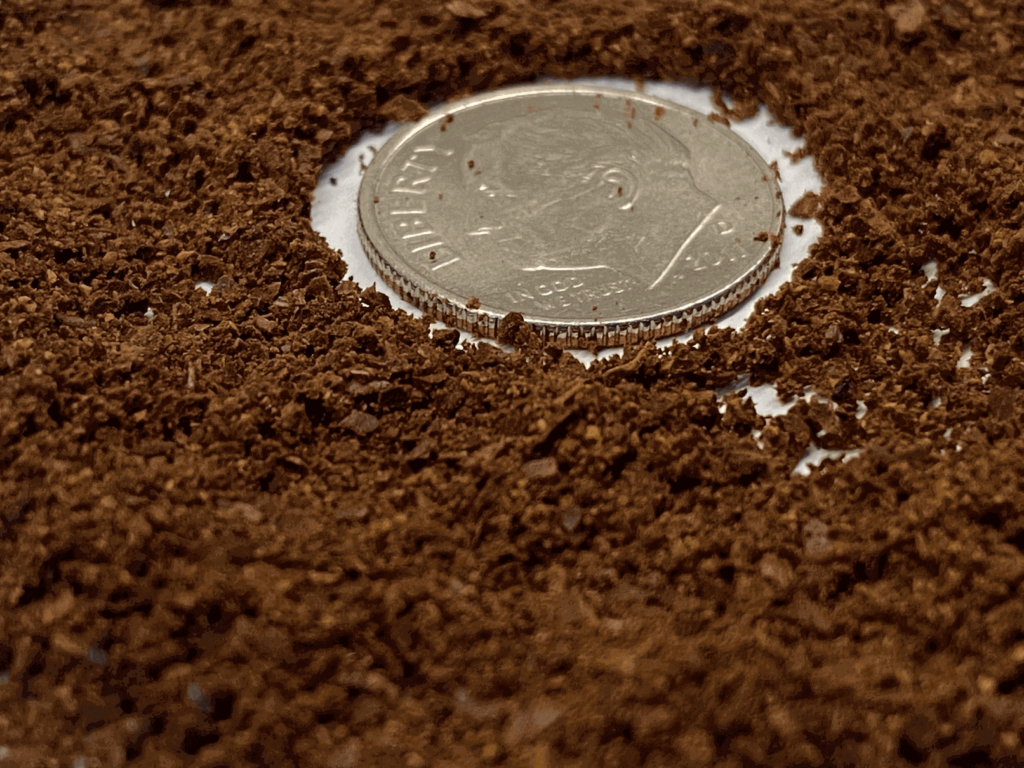
Texture: Brown or white sand
Used for: Perfect for drip, AeroPress, siphon, and pour-over brewing methods.
The medium grind is super popular, looking just like everyday sand. If you grab pre-ground coffee for a drip maker, chances are, it’s medium grind.
Medium-fine grind
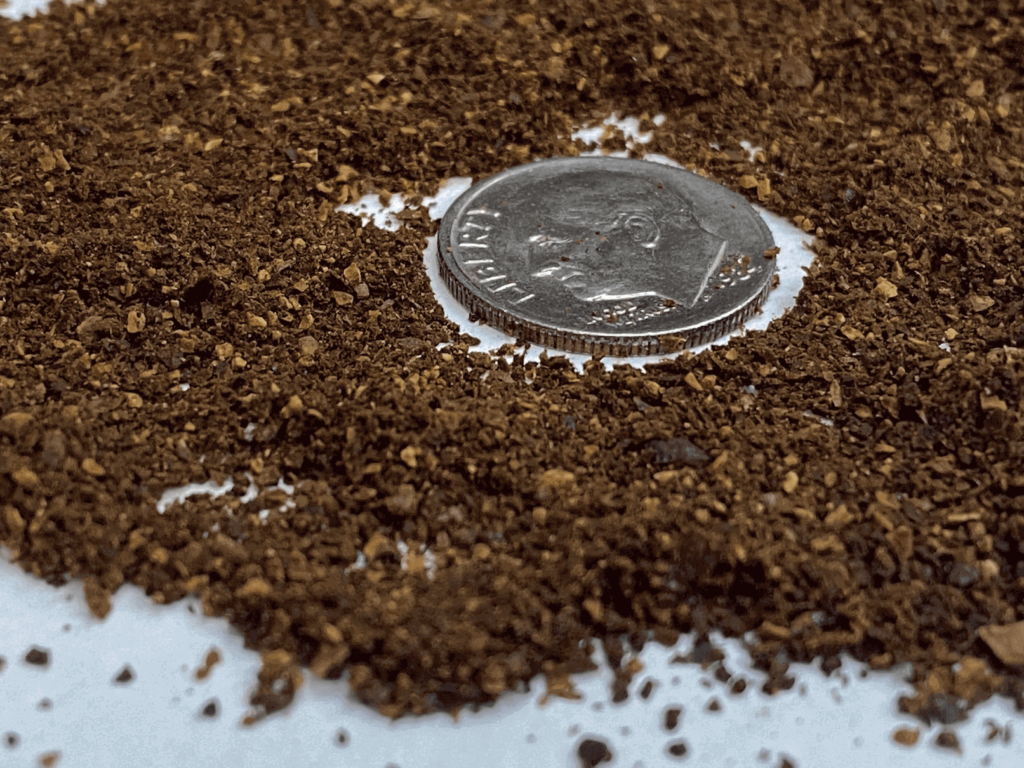
Texture: Slightly more powdery than sand
Used for: Pour over, AeroPress, siphon brewers, Moka pots, V60
Pour-over coffee loves a medium-fine grind, feeling like a mix of sand and sugar. Perfect for beginners and AeroPress machines too!
Fine grind
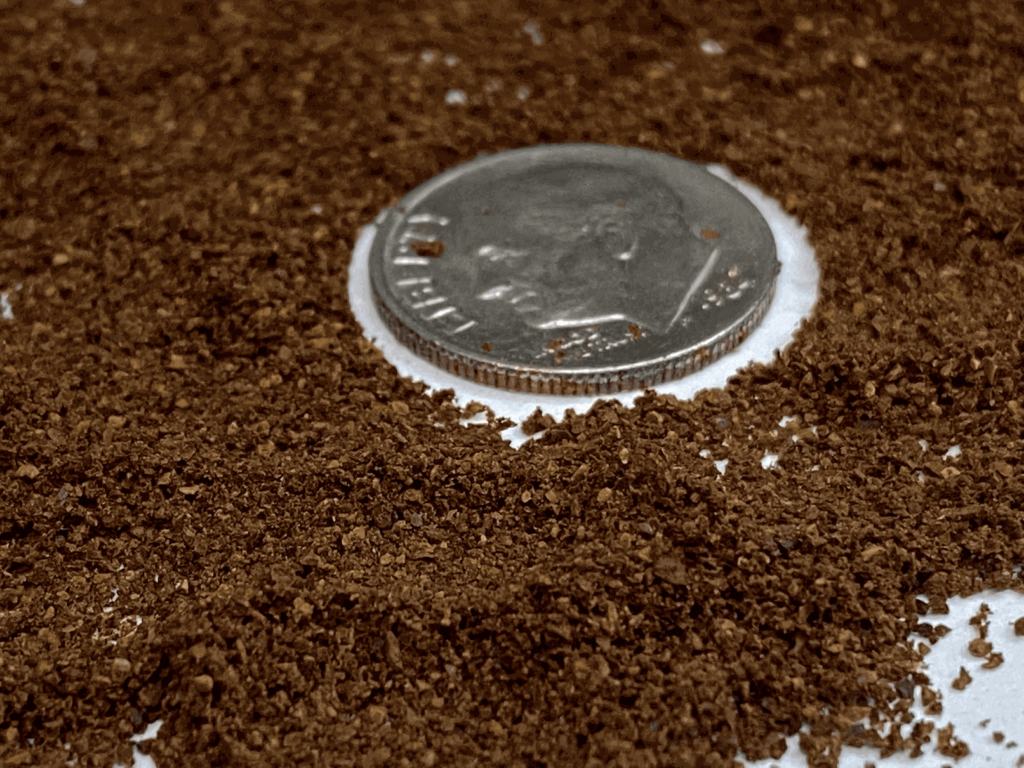
Texture: Table salt / granulated sugar
Used for: Espresso machines, AeroPress, Moka pots
The espresso grind is fine, like table salt or white sugar. It’s perfect for espresso machines and stovetop makers (Moka pots). Some AeroPress recipes love it too!
Extra-fine grind
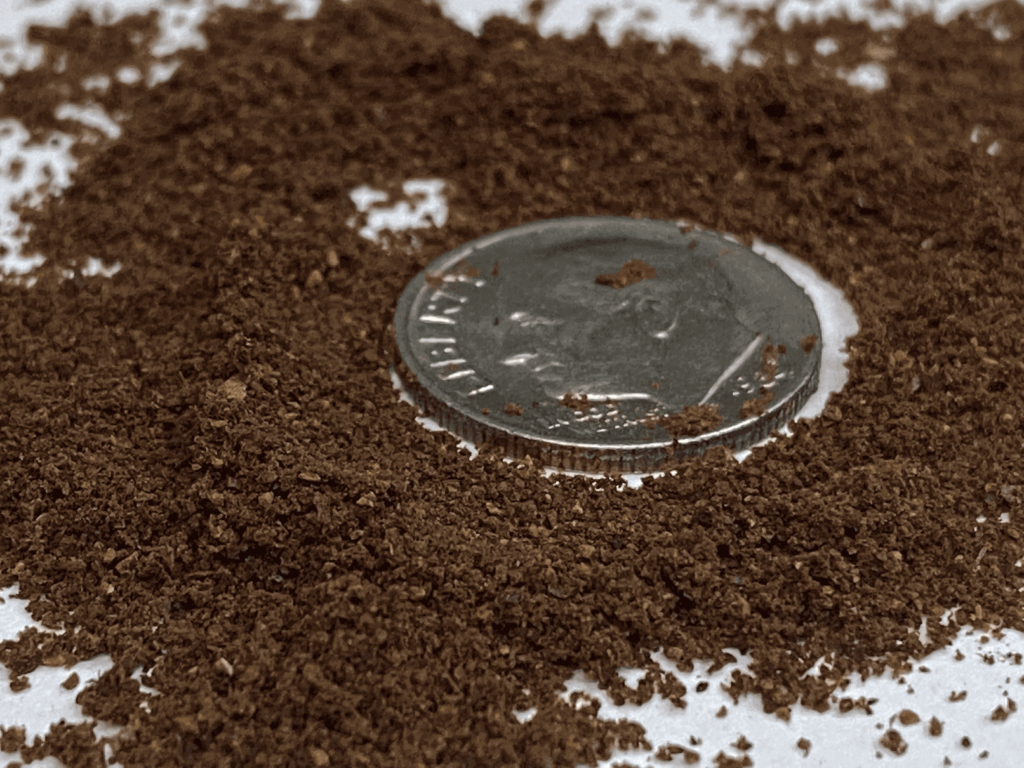
Texture: Baby powder / powdered sugar
Used for: Turkish coffee makers (Ibriks)
An extra fine grind — also known as a Turkish grind or pulverized — resembles powdered sugar and is used almost exclusively for making Turkish coffee. Many coffee grinders won’t even make a grind this fine, so you may need different equipment if you want to grind beans for Turkish coffee.
Coffee Grind Size Chart

Here’s a quick reference for common types of coffee makers.
| Brewing method | Grind size |
|---|---|
| Cowboy coffee | Extra coarse |
| Cold brew | Extra coarse – coarse |
| French Press | Coarse |
| Cupping | Coarse |
| Percolator | Coarse |
| Chemex | Medium coarse |
| Siphon | Medium coarse – medium fine |
| Pour over | Medium coarse – medium fine |
| Drip coffee | Medium |
| Flat filter drip | Medium |
| AeroPress | Medium – fine |
| V60 | Medium fine |
| Moka Pot | Medium fine – fine |
| Espresso | Fine |
| Ibrik (Turkish) | Extra fine |
What If You Don’t Use the Right Grind?
If your coffee grind is too coarse, your brew will taste sour. That’s because the rich and sweet flavors stay trapped in the grounds, leaving your drink under-extracted.
Using a grind that’s too fine can lead to over-extraction, making your coffee bitter and masking its true flavor.
Grind size matters, but it’s not everything. Remember, the time it takes to brew, how hot your water is, and the mix of coffee to water also affect your drink’s taste. If your coffee tastes bitter, it might be because the beans are old.
Choosing a Coffee Grinder
Dive into the world of coffee grinders! Discover the popular types and find out how to pick the best one for your brewing journey.
Burr vs blade

Blade grinders work like kitchen blenders, slicing up coffee beans instead of grinding them finely. This creates a mix of big and small pieces, leading to an inconsistent brew in every cup.
Burr grinders work by smashing coffee beans between two close-set plates with sharp teeth, made of steel or ceramic. This method gives you evenly sized coffee grounds, unlike blade grinders. The space between the plates ensures only certain sizes pass through, making your coffee taste better.
Blade grinders lack size options. Instead, the grind size depends on how long the beans touch the blades. For finer coffee, just grind them longer.
Burr coffee grinders are amazing for getting your coffee just right. You can easily adjust them for a finer or coarser grind by changing the space between the plates. Plus, grinding longer doesn’t mean finer coffee, as the beans only grind to the size you set before dropping away.
Using a blade grinder gives you uneven coffee grounds, making it hard to brew your coffee perfectly. They’re cheap, but a budget-friendly burr grinder beats a fancy blade grinder any day.
To enjoy amazing coffee, you must get a burr grinder.
Conical burr vs flat burr
Discover the world of burr grinders: the conical and flat types. Their unique shapes make all the difference in grinding coffee.
Conical burr grinders use a unique setup: one cone-shaped burr sits inside another. You drop beans in, and as they grind, they fall out the bottom at just the right size. It’s a simple yet effective way to get perfectly ground coffee.
Flat burr grinders feature two flat burrs stacked on each other. When you drop beans in, they’re crushed between these plates, then pushed out the sides. It’s a neat way to grind coffee!
Conical burr grinders are more budget-friendly and less noisy compared to flat burr grinders, which work faster. Although flat burrs give slightly more uniform coffee grounds, the difference isn’t huge. In fact, many coffee shops prefer using conical burr grinders for their quality and efficiency.
Ceramic vs steel burrs
Deciding between ceramic and steel burrs for your grinder is key. Ceramic burrs are pricier and not as sharp initially but keep their edge longer. Steel burrs, on the other hand, are more budget-friendly and start off sharper, though they don’t hold their sharpness as long as ceramic ones.
Manual vs electric
If you’re on a budget, manual coffee grinders offer great quality but can be tough for big batches. Electric grinders’ quality varies, but the best electric burr grinders beat any manual option.
Handheld grinders are usually manual, especially the burr types. For countertop models, you’ll find both manual and electric, but electric ones are more popular.
Love grinding lots of beans? An electric grinder is your best friend. Prefer something portable or looking to save some cash? Go for a manual grinder. It’s perfect for travel and budget-friendly.
3 Mistakes to Avoid When Grinding Coffee Beans
1. Using a blade grinder
I’ve said it before, and I’ll say it again: stay away from blade grinders! They might be easy on the wallet, but trust me, even a budget-friendly burr grinder beats the fanciest blade grinder hands down. Time to upgrade from that glorified blender.
2. Grinding your beans too early
Coffee grounds spoil quicker than whole beans due to their large surface area. Finely ground coffee spoils the fastest. However, all grounds lose their freshness about 30 minutes after grinding.
For the freshest coffee, grind your beans just an hour before brewing. Avoid grinding days’ worth at once. But if you end up with extra grounds, keep them fresh in an airtight container, tucked away in a cool, dark spot.
3. Grinding the wrong amount of coffee
Earlier, I hinted that grinding isn’t everything when it comes to a perfect cup of coffee. How much coffee you use varies based on your coffee maker and how strong you like your brew. To simplify things, try the coffee-to-water ratio calculator. It’s a game-changer!
Final Thoughts
The main takeaways here are:
- Buy whole bean coffee and grind it yourself — pre-ground coffee is not fresh.
- Use a burr grinder — blade grinders are terrible.
- Choose your type of grind (grind size) based on your brewing method.
Diving into coffee can feel overwhelming at first, but trust me, it’s worth it for a better brew. Many believe coffee is just bitter or plain, but that’s only because they haven’t tasted the really good stuff yet.
Discover the rich flavors and aromas of coffee! Freshly ground beans are your ticket to exploring the amazing tastes our beloved bean brings to the table.


